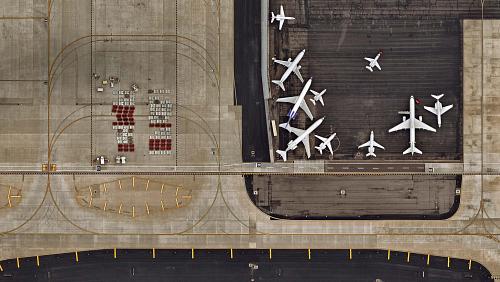When it comes to managing solid waste, incineration is a popular method that is used to reduce the volume of waste and generate energy. There are several different designs of incinerators that can be used to burn solid waste, each with its own advantages and disadvantages. In this article, we will explore two common types of incinerators: grate incinerators and fluidized bed incinerators.
Grate incinerators are one of the most common types of incinerators used to burn solid waste. In a grate incinerator, waste is fed onto a moving grate where it is burned at high temperatures. The moving grate helps to ensure that the waste is burned evenly and efficiently. Grate incinerators are typically used for large-scale waste management operations and can handle a wide variety of waste types.
One of the main advantages of grate incinerators is their ability to burn a wide range of waste types, including municipal solid waste, industrial waste, and hazardous waste. They are also relatively easy to operate and maintain, making them a popular choice for waste management facilities.
However, grate incinerators also have some drawbacks. They can be inefficient at burning certain types of waste, such as plastics and other synthetic materials, which can release harmful emissions when burned. Additionally, grate incinerators can produce ash that must be disposed of properly, which can be costly and time-consuming.
On the other hand, fluidized bed incinerators offer a different approach to burning solid waste. In a fluidized bed incinerator, waste is fed into a bed of sand or other inert material that is heated to high temperatures. The waste is then burned in a suspended state, which helps to ensure that it is burned completely and efficiently. Fluidized bed incinerators are often used for smaller-scale waste management operations and are particularly well-suited for burning organic waste.
One of the main advantages of fluidized bed incinerators is their ability to burn organic waste efficiently, producing minimal emissions and ash. They are also more flexible than grate incinerators, allowing for the burning of a wider range of waste types.
However, fluidized bed incinerators also have some drawbacks. They can be more expensive to operate and maintain than grate incinerators, and they may not be suitable for burning certain types of waste, such as plastics and other synthetic materials.
In conclusion, both grate incinerators and fluidized bed incinerators have their own advantages and disadvantages when it comes to burning solid waste. The choice of which type of incinerator to use will depend on factors such as the type and volume of waste being burned, as well as budget and operational constraints. By understanding the differences between these two types of incinerators, waste management facilities can make informed decisions to minimize environmental impact and maximize efficiency.






